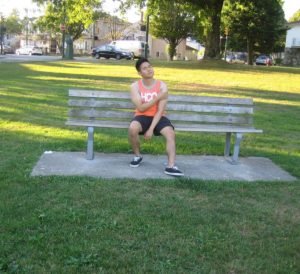Shoulder subluxation occurs if the humerus is driven out partly of the shoulder socket beyond its average joint mobility. It is important to note that the shoulder joint is a highly mobile joint in the body due to its ball and socket formation. With its mobility, it makes it an unstable joint as well.
Close look on the indications of shoulder subluxation
Popping sensation and looseness
During a shoulder subluxation, there is a popping sensation as the ball joint drives out of the socket and returns in. Oftentimes, the popping can be heard.
In most cases, an individual might feel as if the shoulder is catching or slipping or that the arm goes “dead” every now and then. Additionally, there is a feeling of slackness in the joint. The individual might also feel unwilling to raise the arms overhead.

Numbness, pain and weakness
When shoulder subluxation arises, the pain is focused directly on the shoulder joint. The movements that trigger shoulder pain are based on the type of subluxation.
In most cases, the injury is categorized as anterior where the joint slips forward. Throwing motions can worsen the pain. The discomfort leads to weakness since the individual avoids any uncomfortable movements. Additionally, the shoulder often feels numb along with tingling that often radiates down the arm.
Visual symptoms
The visual indications are often present such as swelling and bruising over the site where the injured occurred. An individual with a damaged shoulder often appears less rounded in form.
During a sulcus test which tests for instability of the shoulder, it yields a positive result such as dimpling beneath the bony protrusion at the upper part of the shoulder.
More Information / Disclaimer
The information posted on this page on shoulder subluxation is for learning purposes only. Learn to recognize and manage this form of shoulder injury by taking a standard first aid course with Saskatoon First Aid.
